The Black Holes Sleeping in a Ball Cluster
Regards Steemians !!
Black holes are part of the time space which is the strongest gravity, even the light can not escape. General Theory of Relativity predicts that it takes mass to create a Black Hole in the Time Space. Around the Black Hole there is a surface that is called Horizon events. This object is called "black" because it absorbs whatever is around and can not come back, not even light. Theoretically, black holes can possess any size, from microscopic to the observable size of the universe. The Quantum Field Theory in Curved Space-time predicts that Event Horizon emits nearby radiation with limited temperatures. This temperature is inversely proportional to black hole mass, making it difficult to observe black holes with mass of stars or more.
The stars in the NGC 3201 star cluster are observed to behave very oddly. They move at speeds of hundreds of thousands of kilometers per hour with repeating patterns every 167 days. Apparently, there is a black hole hiding there.
Astronomers think that these stars orbit an invisible black hole, which has a mass four times the mass of our Sun. If so, this is the first black hole found to be inactive on a ball cluster, and the first black hole is found directly by observing its gravitational pull.
The star was discovered when astronomers are conducting a survey of 25 ball clusters with a MUSE (Multi Unit Spectroscopic Explorer) instrument mounted on ESO's Very Large Telescope in Chile. The survey aims to observe 600-2000 thousand stars in each ball group and analyze the radial velocity of each star.
The ball group is an area that looks ball-shaped and filled by tens of thousands or even hundreds of thousands of old stars. The stars in the globular clusters are even thought to have formed during the early formation of galaxies. For astronomers, by studying spherical clusters, they can estimate the age of the universe or may also know where the galactic center is located.
Most of the residents of today's ball clusters are red dwarf stars with low mass and some yellow dwarf stars with intermediate masses. The stars are stars of long life.
In the Milky Way alone is known to contain more than 150 ball clusters. Most are estimated to be 10 billion years old and inhabited by the oldest stars in the galaxy. Given the age of a very old cluster of balls and also a very high mass (the mass of all stars), it is not surprising that there are a large number of black holes formed. This black hole was formed when the massive star that once existed in this cluster at the beginning of its form reached the end of its life and exploded. When it explodes, the star core collapses and survives on the ball cluster as a black hole or a neutron star.
In the cluster of balls, there is no more formation of new stars. Therefore, one day, the black hole in the ball group will be the most massive object in the cluster and accumulate in the central area. However, not all black holes that are formed will continue to survive in the ball cluster. Most will come out and only a few can survive after 1 billion years.
What is the significance of this invention? Apparently quite important. Not only is it concerned to add to our understanding of the formation of star clusters and the black hole, but also to learn more about the events of gravitational waves, which occur when two black holes undergo a process of merging.
The search for black holes in the cluster of galaxies began and over the last few years there have been reports of radio and X-ray observations that have detected the presence of small black holes that are equivalent to the mass of stars. This discovery as well as the detection of gravitational waves also gives a strong indication that a black hole equivalent to the star's mass is common in the ball cluster.
To find the black hole, ESO's MUSE instrument also participated to search through a 25-ball survey led by Benjamin Giesers of Georg-August-Universität Göttingen, Germany.
When looking at the NGC 3201 cluster in the Vela constellation or the constellation, there is one star that behaves strangely. The star is in the final round of his life in the Main Line. That means, he has started running out of hydrogen and will soon enter a new phase of his life as a red giant.
Stars are like being swung or thrown back and forth with the speed of hundreds of thousands of km / sec. Interestingly again, there is a pattern repeated every 167 days on the motion of the star. This incident actually makes astronomers suspect that the star is orbiting something.
The allegations are not wrong. Observational data show strong evidence that the star has a pair of non-luminous objects. An object that is invisible but can have a powerful gravitational effect during interaction.
Yup! Not wrong. It's nothing but a black hole.
For the first time a black hole in the ball cluster was discovered by observing its gravitational interaction with the star directly. Black hole is known to have 4.36 mass of the mass of the Sun, while the star who behaves strangely due to the gravity of the black hole is its mass 0.8 mass of the Sun. This is also the first time astronomers can detect a black hole that is sleeping in the heart of a cluster of spheres. The black hole is not gobbling up the material or being surrounded by a luminous gas plate. But, this black hole can disrupt the motion of a star trapped in its powerful gravitational force.
There is another interesting feature of this invention. The black hole in the ball clusters is certainly not just one. How much can survive beyond the age of 1 billion of cluster balls is still debatable. With the behavior of a black hole that has a strong gravitational force, it will devour the surrounding matter.
In a dense cluster of stars with a number of black holes continuously collecting mass, the possibility of collision between black holes is always present. Collisions between black holes that produce gravitational waves, will be another way for astronomers to find them in the ball cluster.
best Regard @alf4t1h
Reference:
- https://id.wikipedia.org/wiki/Lubang_hitam
- http://nationalgeographic.co.id/berita/2018/01/saat-lubang-hitam-tertidur-di-jantung-gugus-bola
- http://www.bbc.co.uk/indonesian/news/story/2007/01/070105_blackhole.shtml
- https://www.ikons.id/untuk-pertama-kalinya-kita-mengamati-lubang-hitam-yang-tidak-aktif-dalam-gugus-globular/

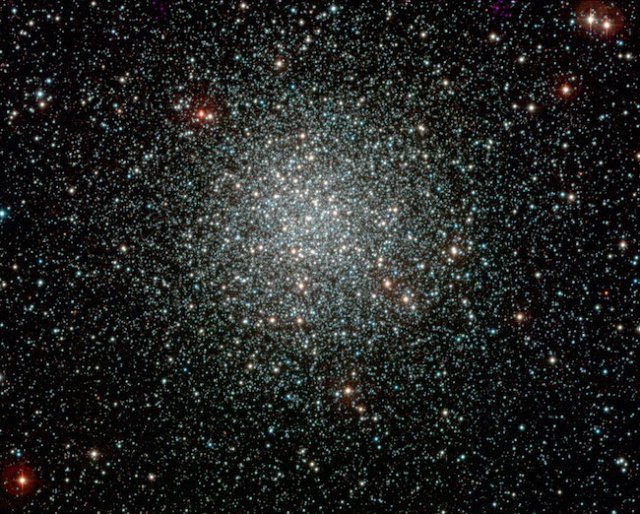
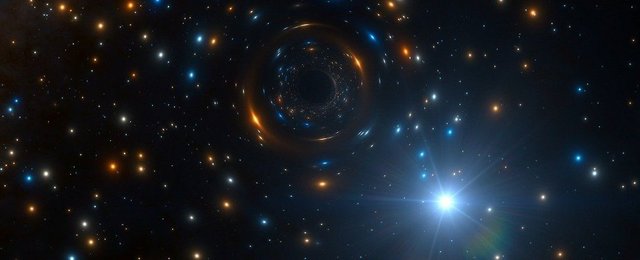
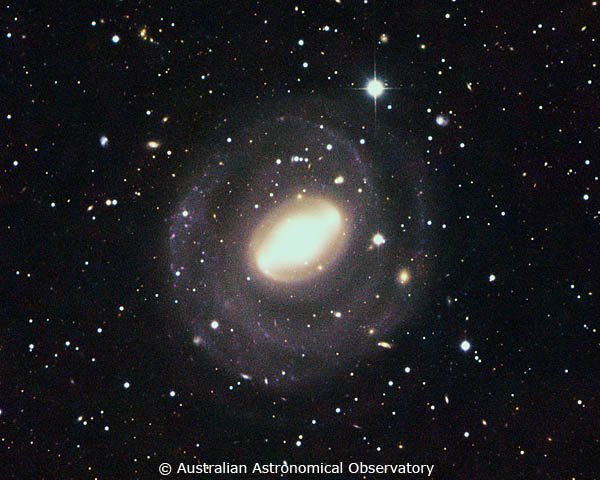
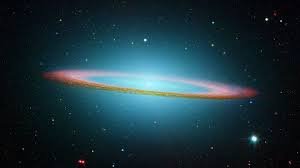
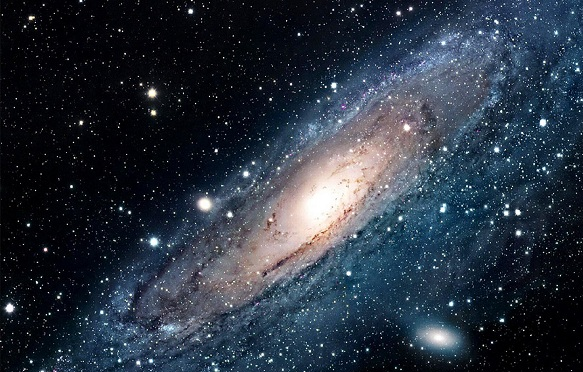
Hi, I found some acronyms/abbreviations in this post. This is how they expand:
This post was resteemed by @steemvote and received a 43.09% Upvote